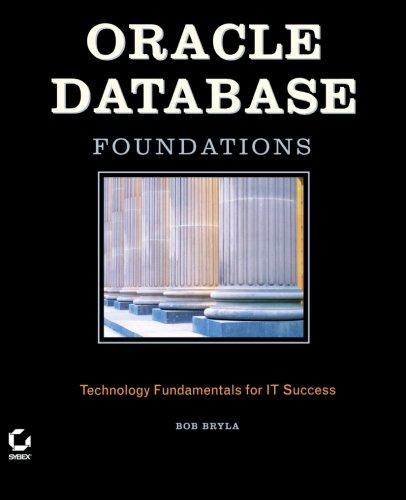Answered step by step
Verified Expert Solution
Question
1 Approved Answer
I am trying to get the answer in Fitch for exercises 6.10 & 6.11. Can anyone help? Or if I need a counter-example how would
I am trying to get the answer in Fitch for exercises 6.10 & 6.11. Can anyone help? Or if I need a counter-example how would I do it in Tarskis world?
Step by Step Solution
There are 3 Steps involved in it
Step: 1

Get Instant Access to Expert-Tailored Solutions
See step-by-step solutions with expert insights and AI powered tools for academic success
Step: 2

Step: 3

Ace Your Homework with AI
Get the answers you need in no time with our AI-driven, step-by-step assistance
Get Started


